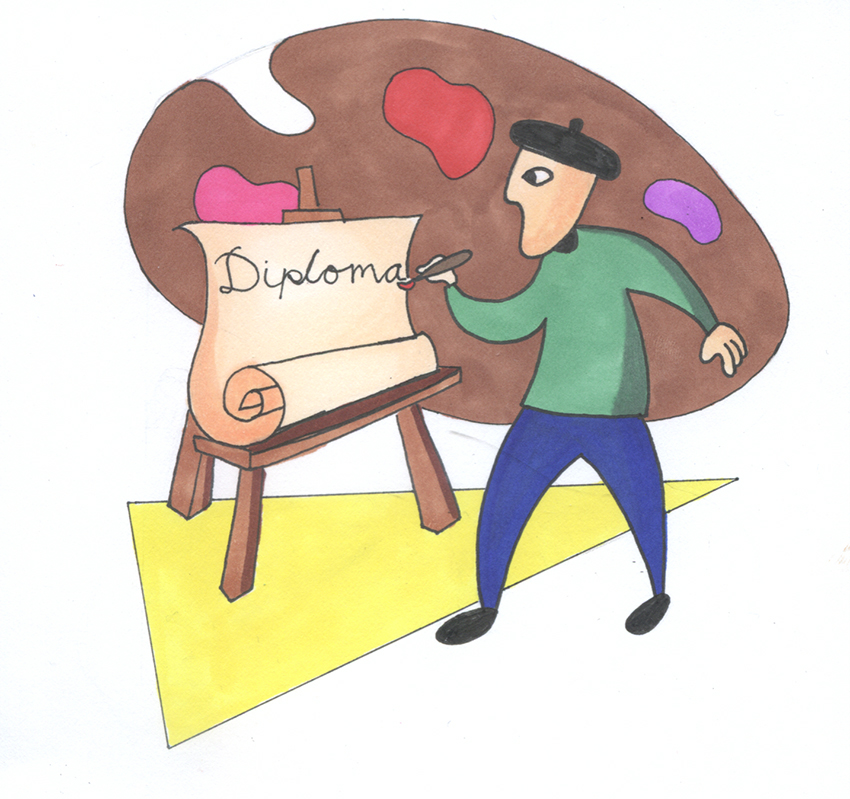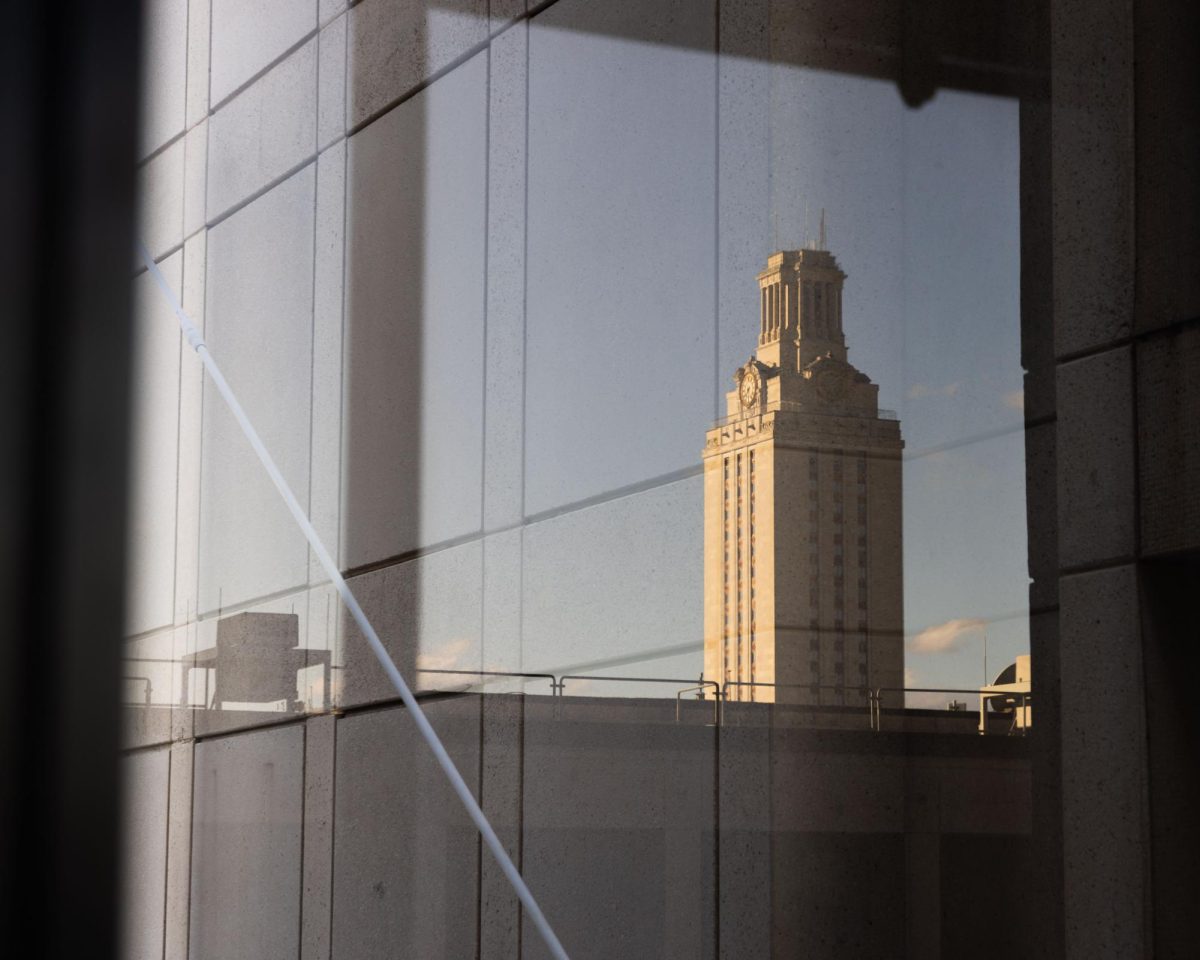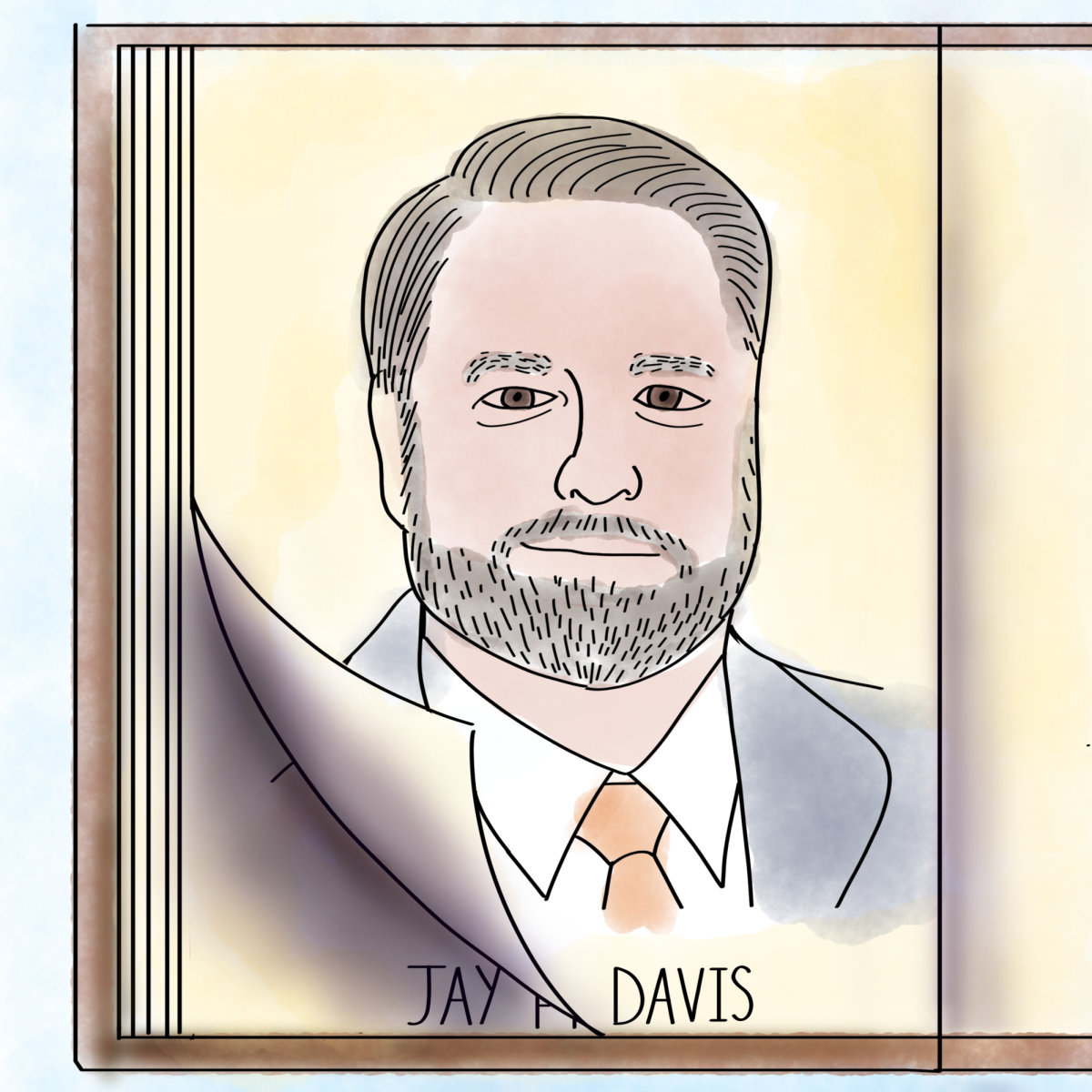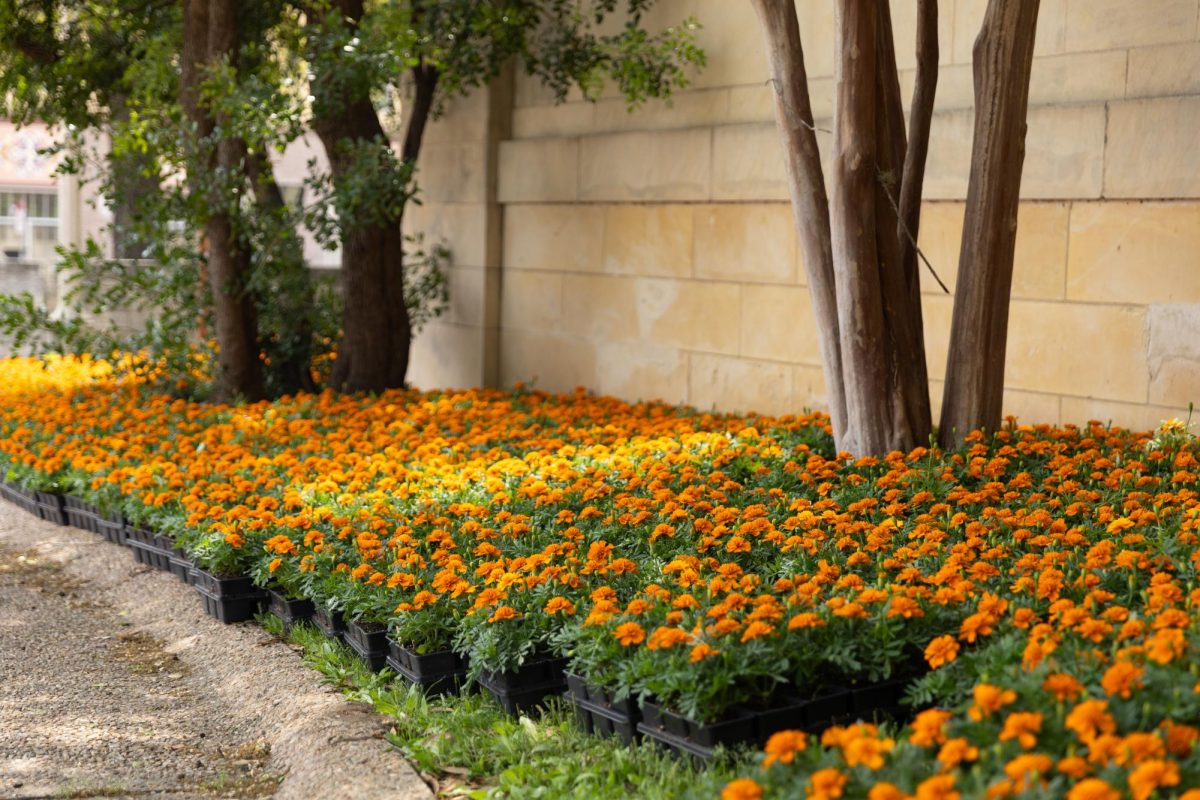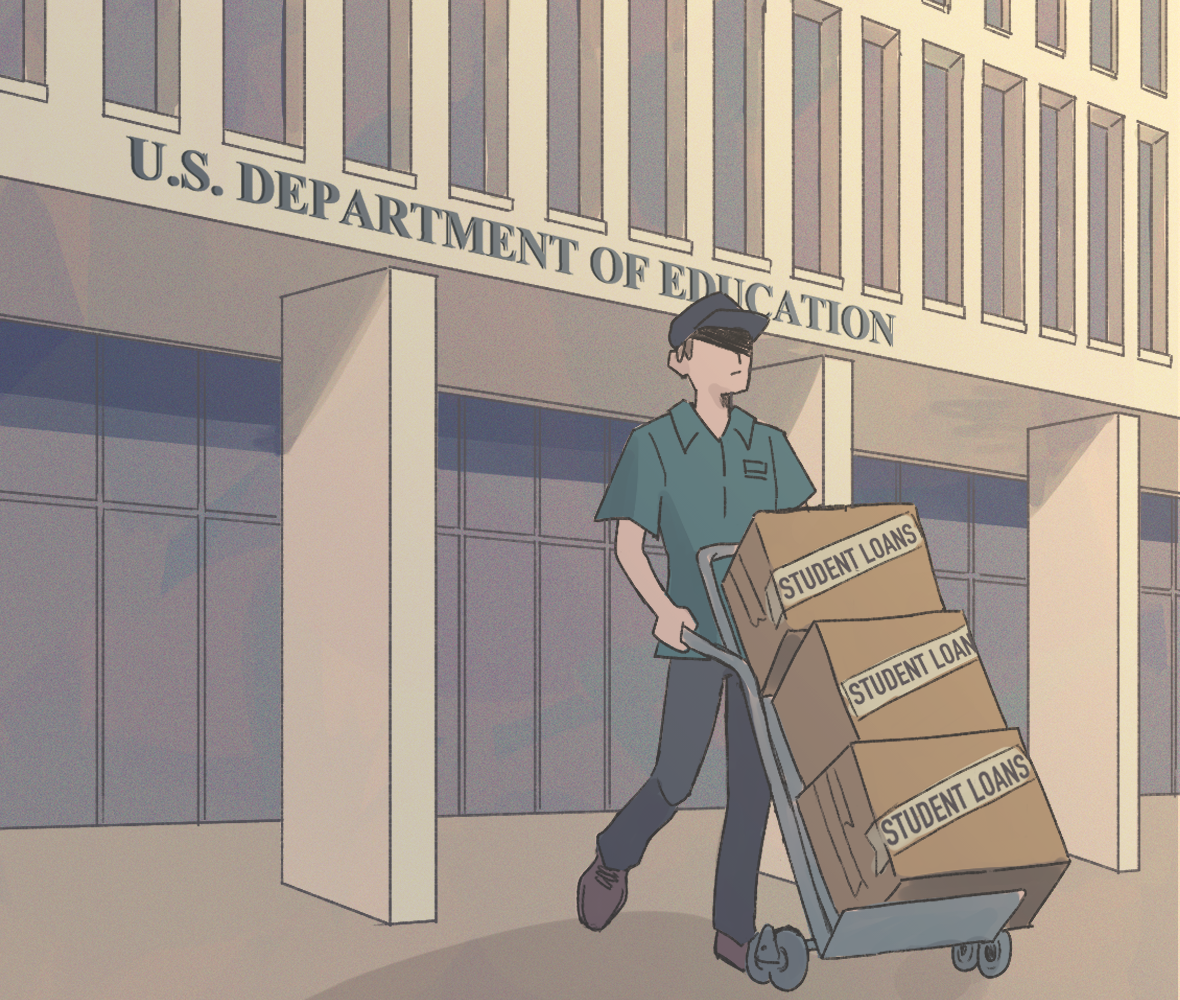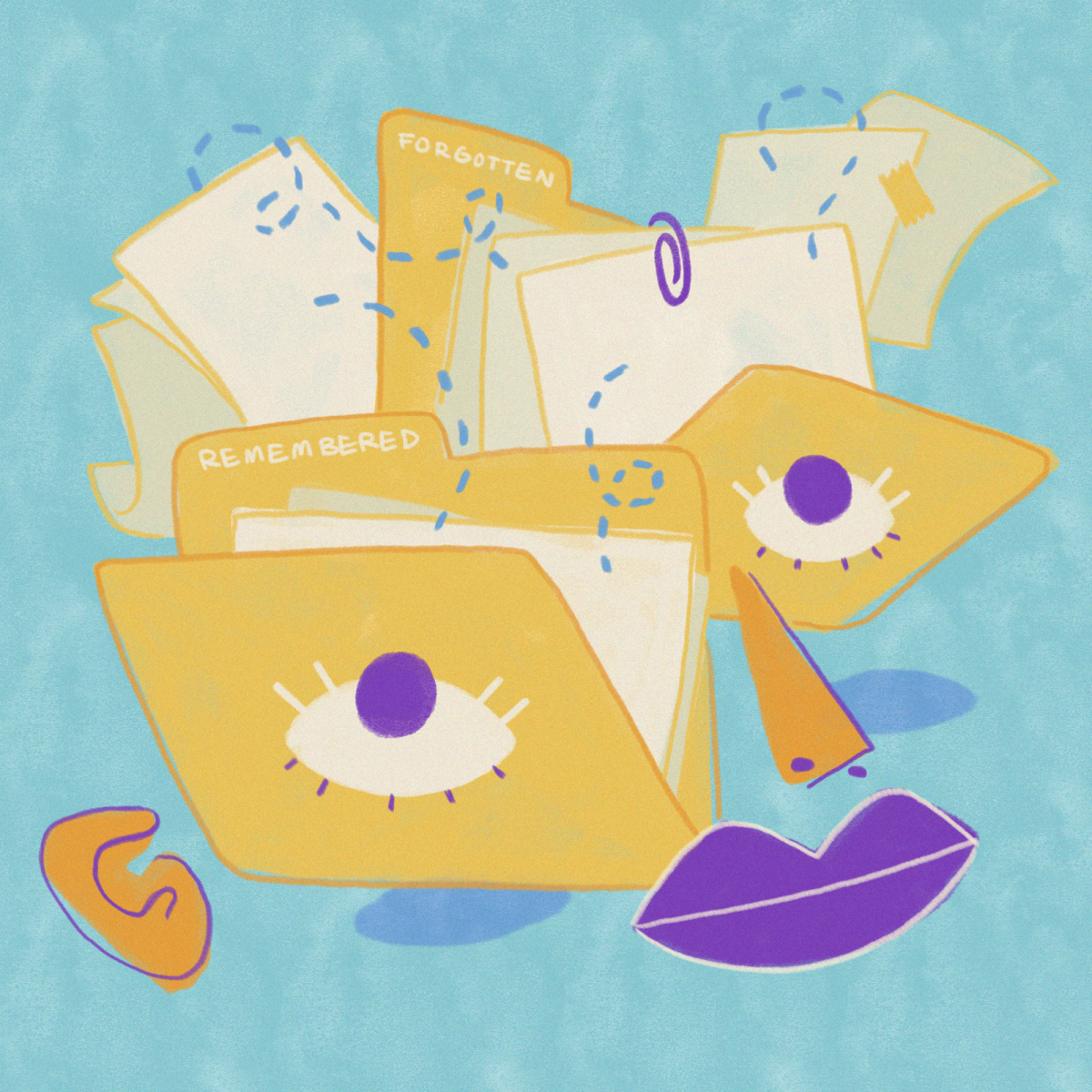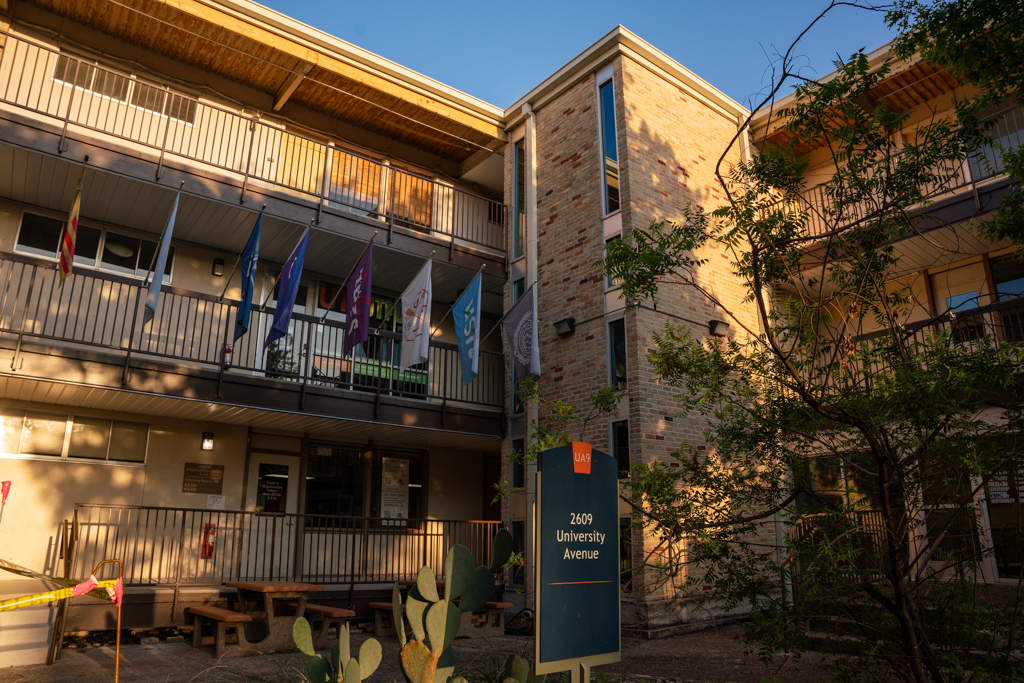Engineering majors who are swamped by numbers and science majors who spend hours in lab now have the chance to artistically express themselves though a University program.
The Department of Art and Art History now offers a studio art minor for students included in the 2018–2020 course catalog. Students can apply starting this semester and have the opportunity to take studio art courses such as drawing, painting, photography, print and sculpture. “People across all disciplines have shown so much interest in thinking creatively, and now they have an opportunity to do so.” said Lauren Macknight, director of communications at the department.
Lee Chesney, an associate professor in print studio art, said there has been a high demand for studio art classes to be offered since those classes were closed to non-art majors a few years ago due to of competitive registration. After 15 years of pressure, Chesney said the minor is now available for students willing to think outside of the box.
“(Studio art) gives people the ability to recognize more than one kind of a solution to any given problem that you have a series of fixed requirements to satisfy,” Chesney said.
Chesney said he is excited to work with non-majors because they add diverse perspectives to the classroom.
“Non-majors bring a whole gamut of approaches to art,” Chesney said. “(It) makes for a terrific dynamic in the classes.”
Chesney said students from science, technology, engineering and math fields should not be intimidated by studio art classes.
“Most of the students who come from STEM classes are worried their tool skills aren’t up to snuff with regards to being able to do what they want to do” Chesney said. “It’s all about vision and seeing things rather than tool skills.”
Neuroscience sophomore Angie Kaufman said she has been drawing for as long as she can remember and believes the minor would help scientists.
“If you apply elements of the fine arts in conjunction with the sciences, you’re able to see a more human aspect of the sciences,” Kaufman said. “Art rounds out the edges for science, since it’s such a stiff field.”

